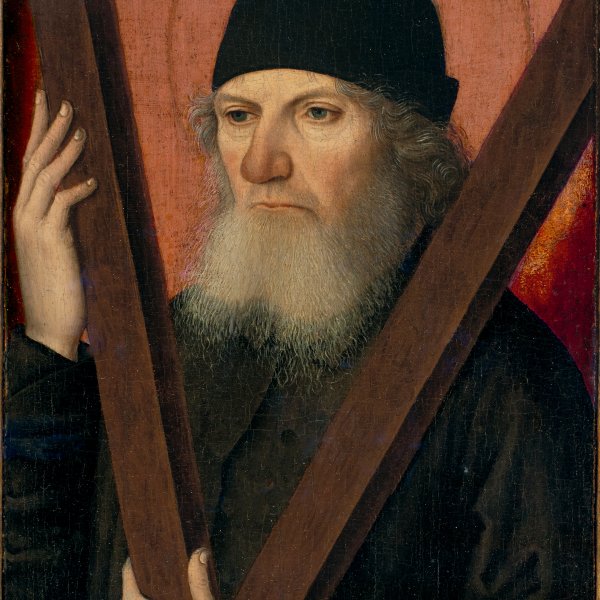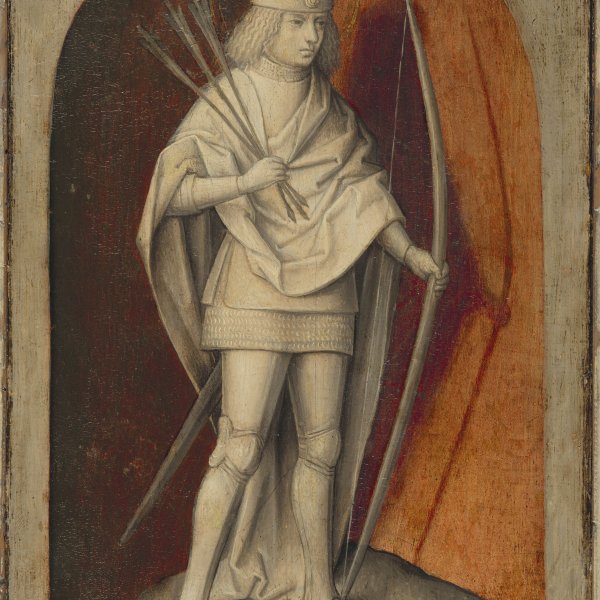Master of the Magdalen Legend Master of the Magdalen Legend (attributed to the)
It was Friedländer who first reconstructed the oeuvre of this Netherlandish master, basing his proposals on two panels from a polyptych of the Legend of the Magdalen of around 1515–20. One of them, The Sermon of Mary Magdalen, is now in the Philadelphia Museum of Art, while the other, The Magdalen before her Conversion, was formerly in the Kaiser-Friedrich Museum, Berlin (destroyed during World War II). Maquet-Tombu subsequently reconstructed the polyptych, adding four further works: Noli me tangere, and Louis X of France with Donors and Saint Margaret of Antioch (both Staatliches Museum, Schwerin); The Feast in the House of Simon the Pharisee (Szépművészeti Múzeum, Budapest), and The Raising of Lazarus (Staatens Museum for Kunst, Copenhagen). Other works attributed to this painter include The Annunciation (Musée d’Art Ancien, Brussels); The Rest on the Flight into Egypt (National Gallery of Victoria, Melbourne); The Holy Family (Koninklijk Museum voor Schone Kunsten, Antwerp); and The Virgin of the Annunciation (Westfälisches Landesmuseum, Munster).
The Master of the Lüneburg Last Judgement was not a pioneering figure and his work falls between the older style of Van der Weyden and the more innovative approach of Bernard van Orley. He developed a distinctive manner of painting the faces, which are triangular for the male ones, with hard lines and pronounced bone structure, and softer and rounder for the female ones, generally with half-closed eyes.
This artist was also notable as a portraitist, although his works in this genre are difficult to attribute as they are stylistically varied. They include Portrait of Margaret of Austria (Musée du Louvre, Paris), and Portrait of a Man (Musée des Beaux-Arts, Dijon).






